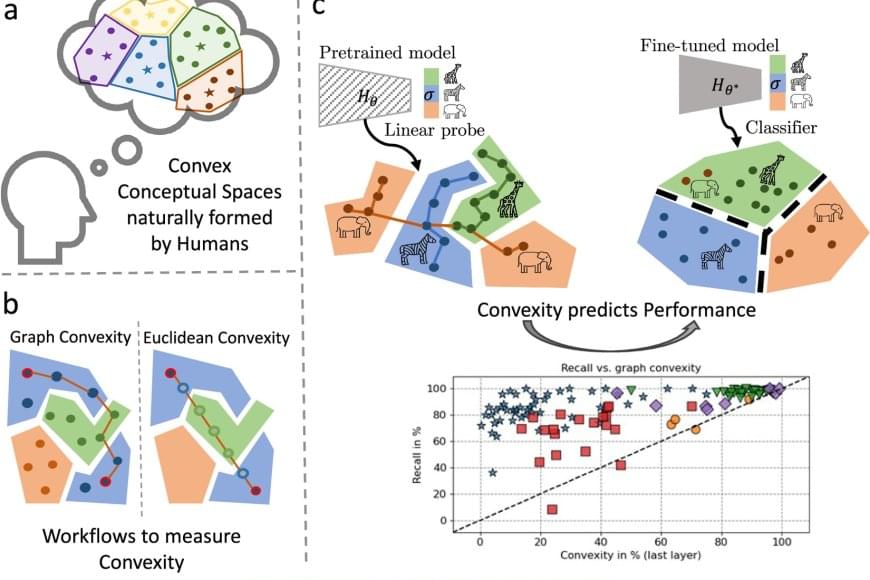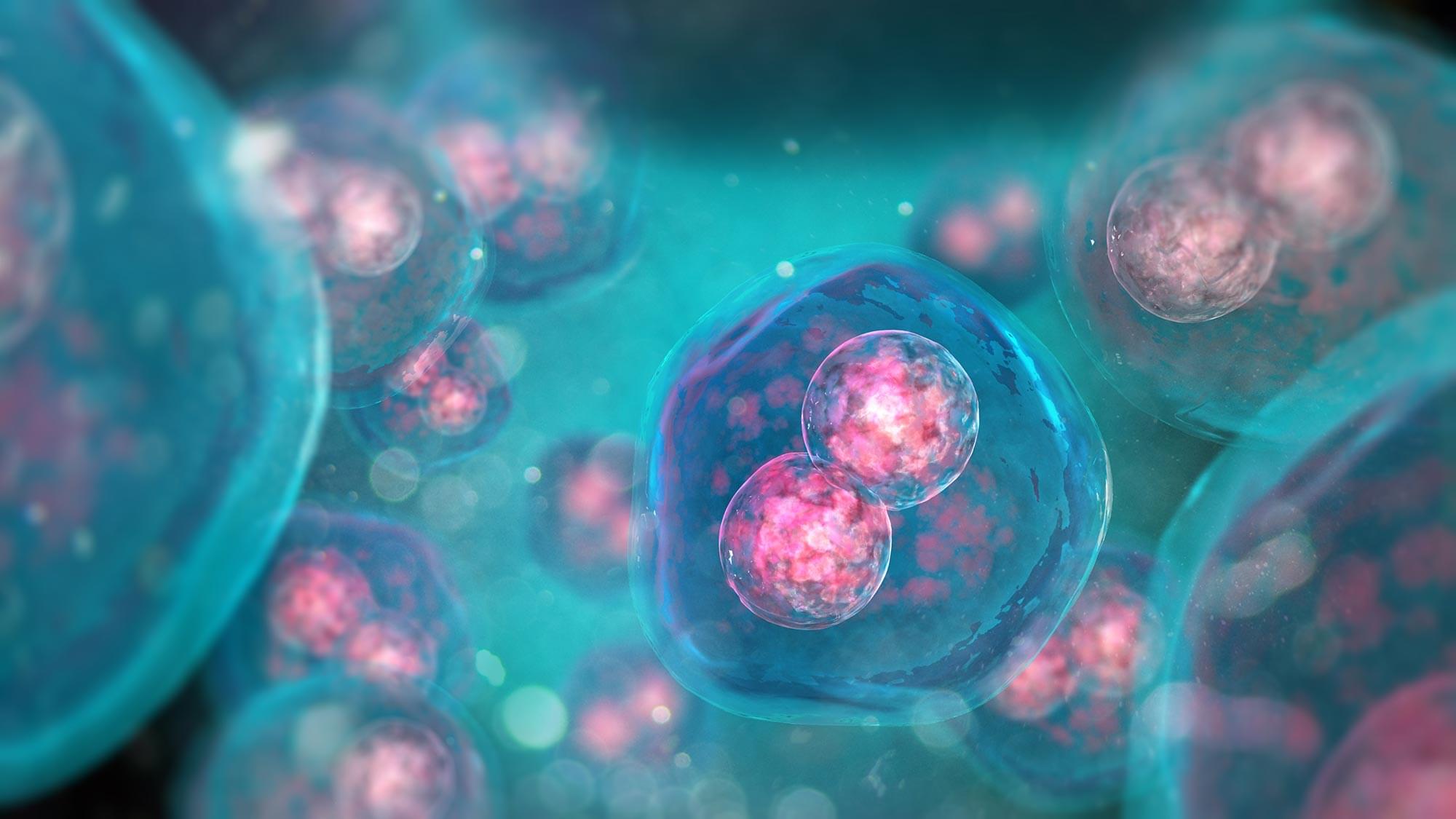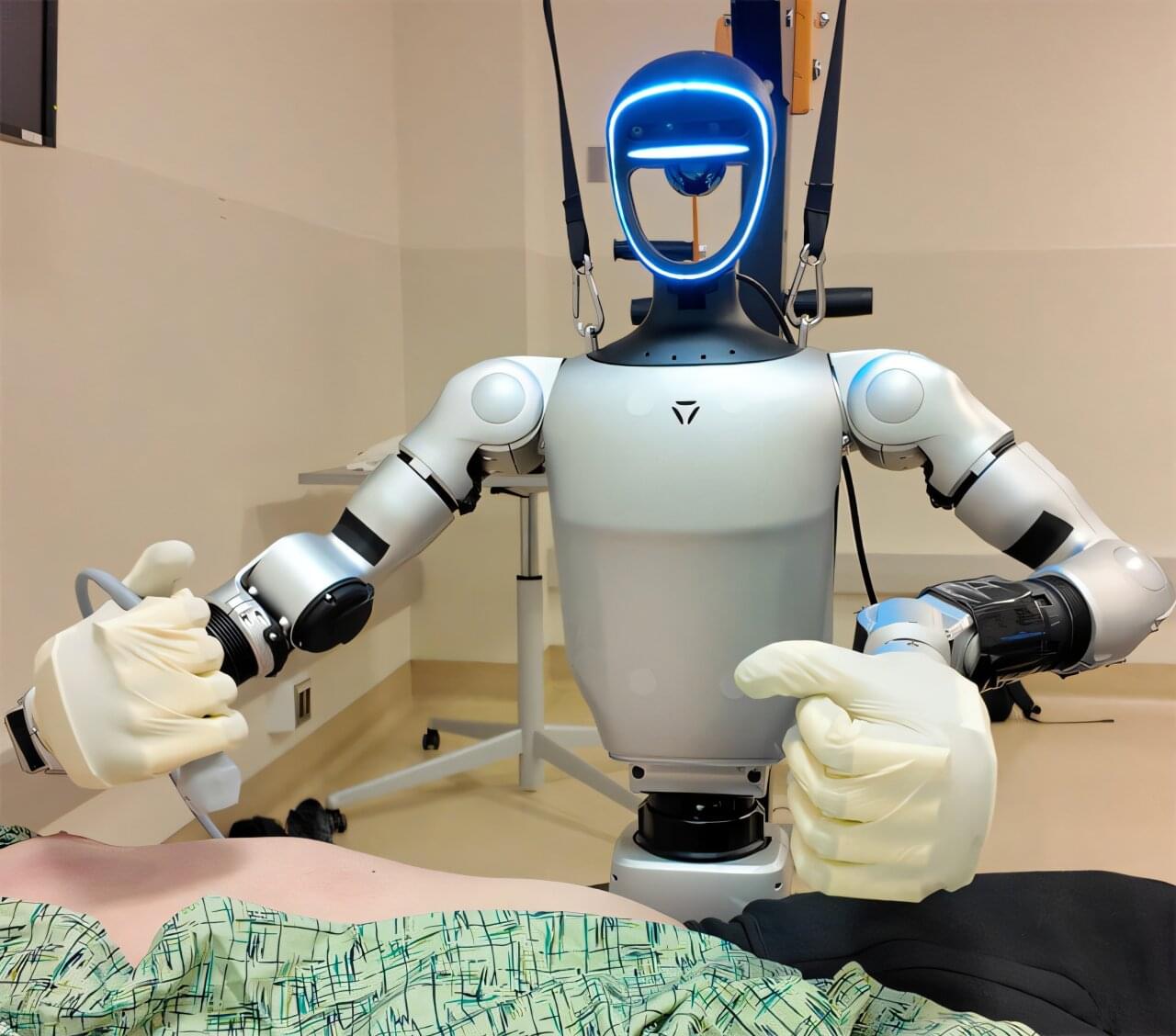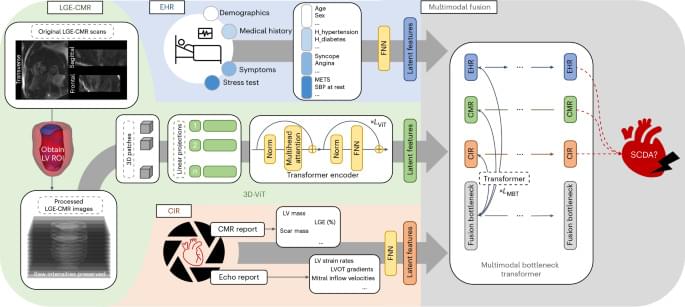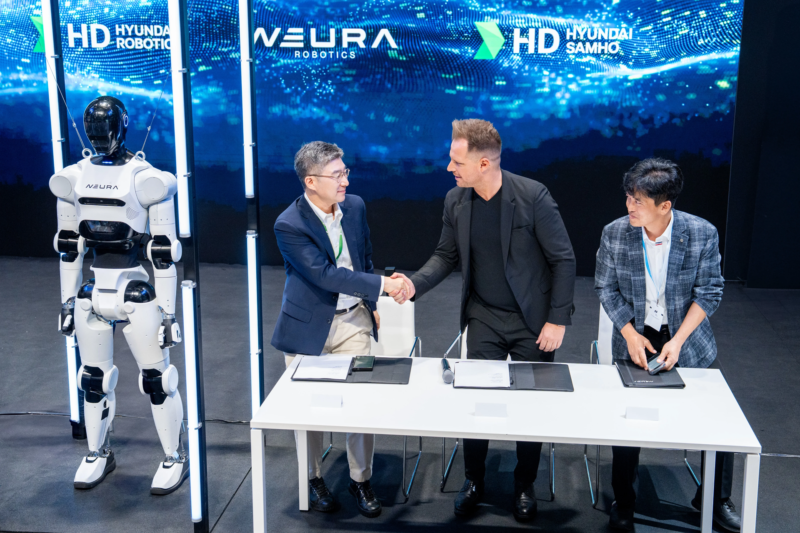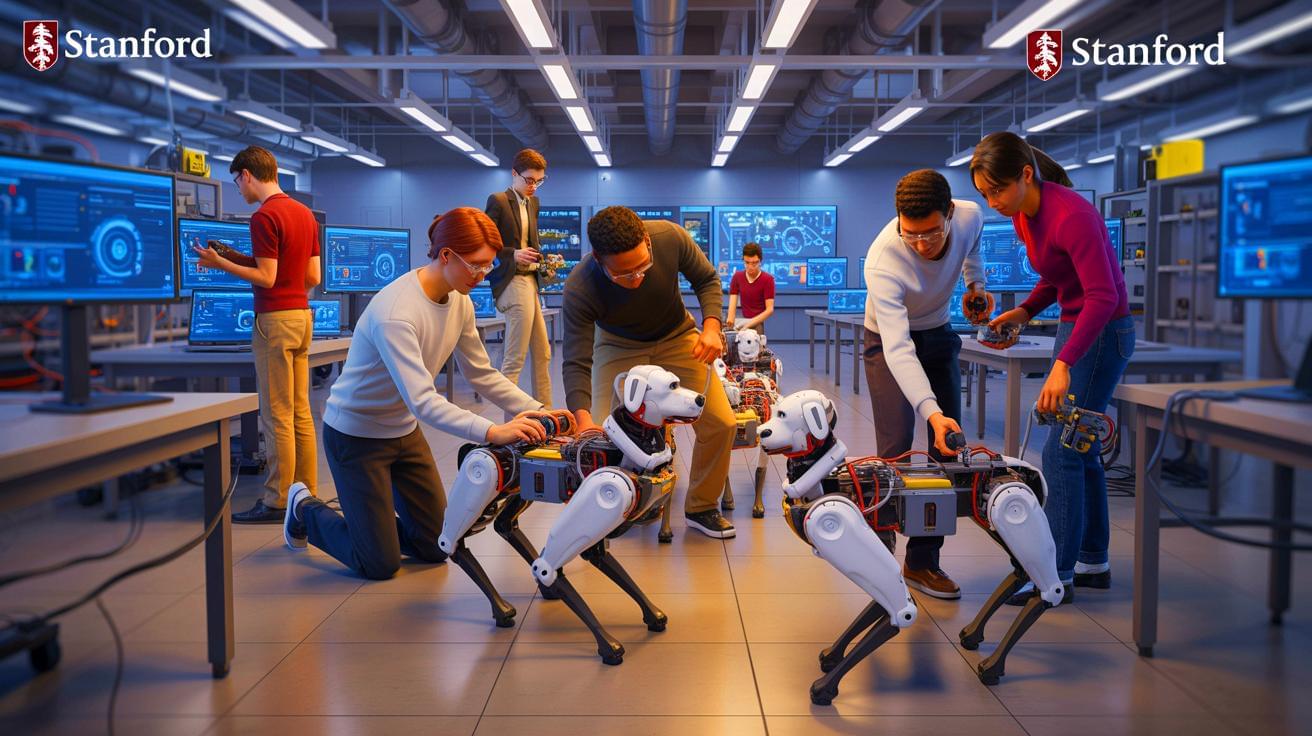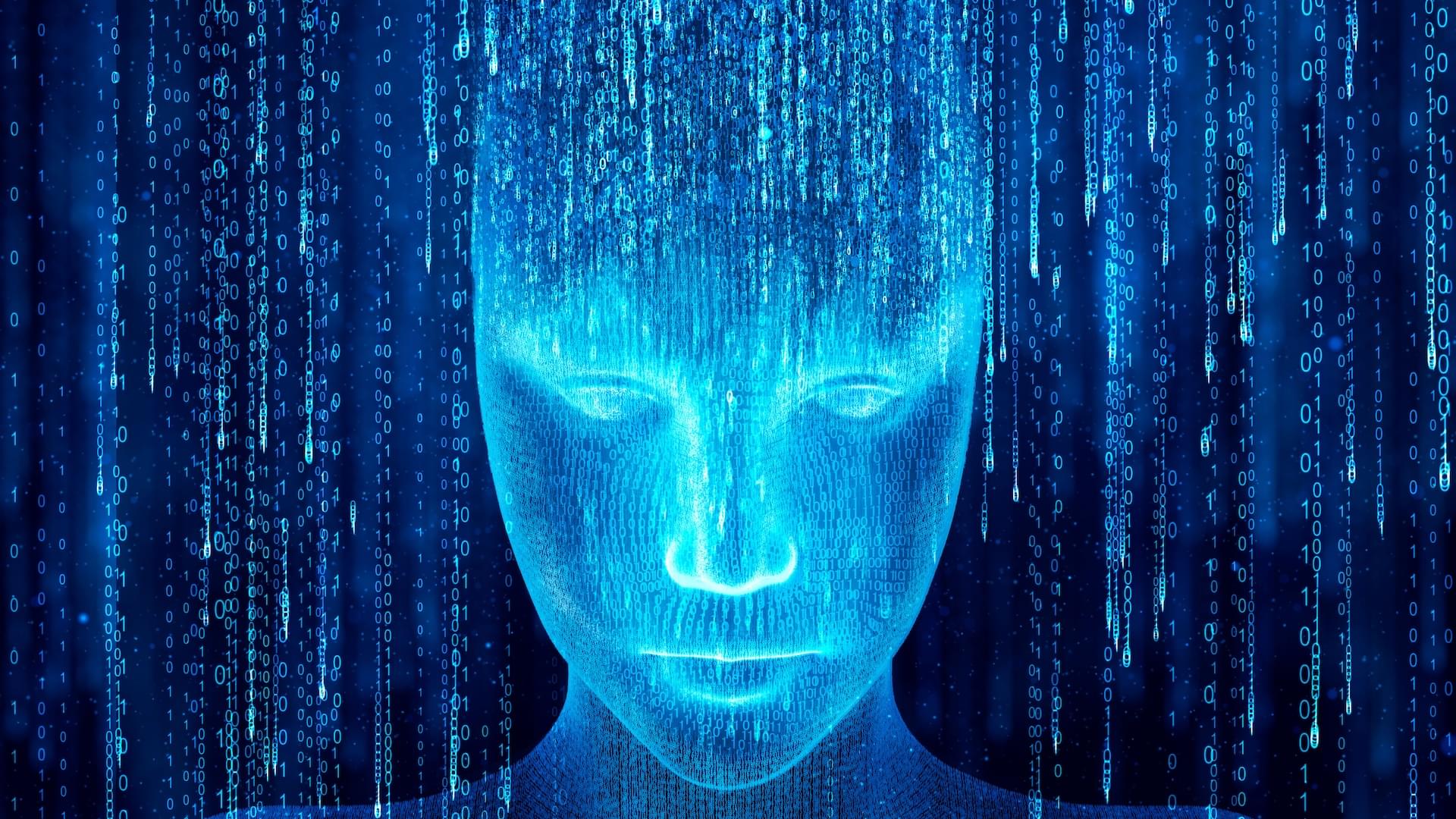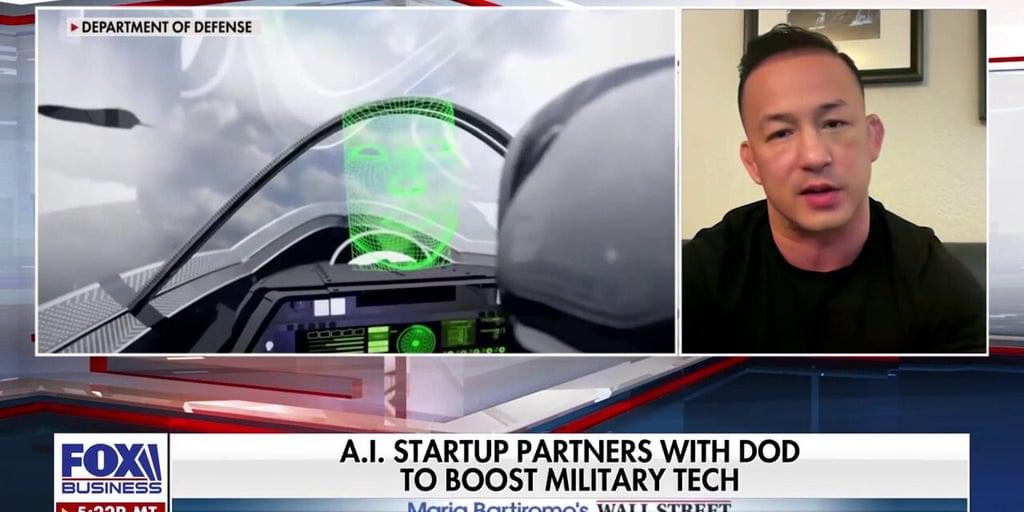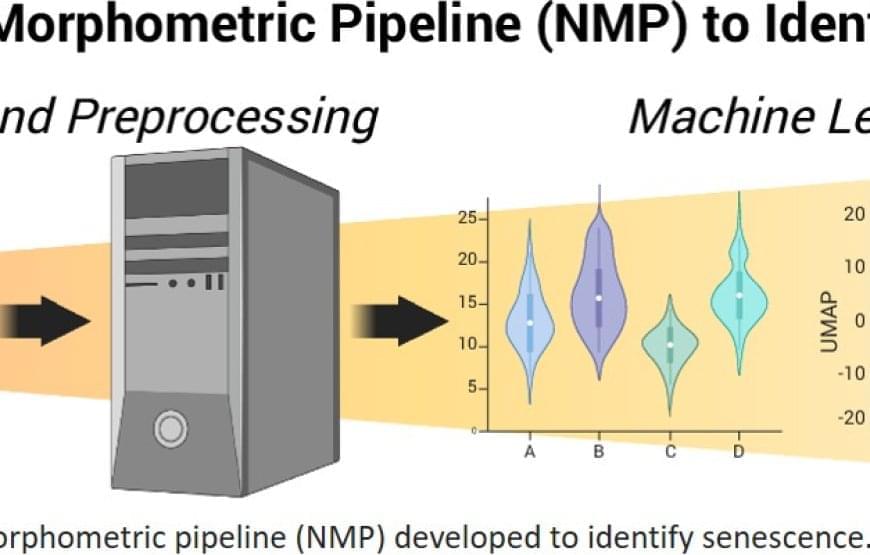In recent years, with the public availability of AI tools, more people have become aware of how closely the inner workings of artificial intelligence can resemble those of a human brain.
There are several similarities in how machines and human brains work, for example, in how they represent the world in abstract form, generalise from limited data, and process data in layers. A new paper in Nature Communications is adding another feature to the list: Convexity.
“We found that convexity is surprisingly common in deep networks and might be a fundamental property that emerges naturally as machines learn,” says the senior author.
